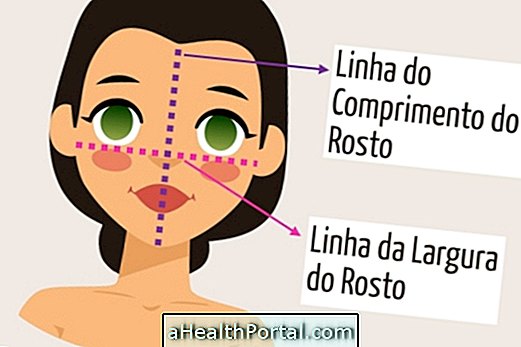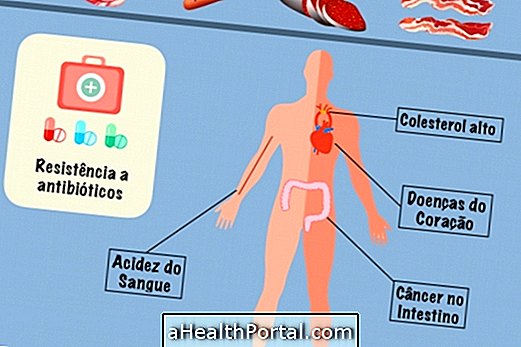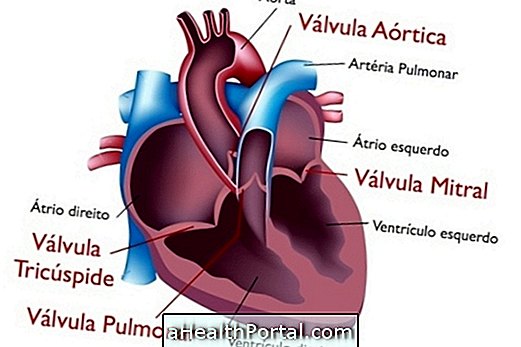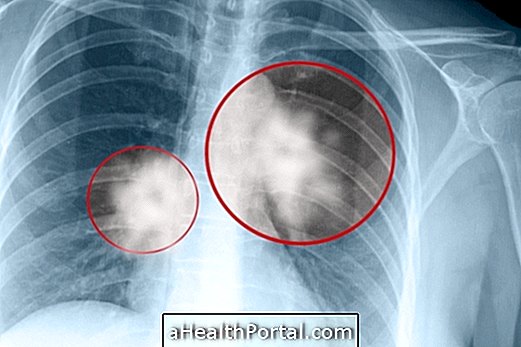Acute transverse myelitis is an inflammation that affects the two sides of a part of the spine, causing symptoms such as back pain, weakness of the legs or arms, paralysis and even decreased sensitivity in the hands, being sometimes confused with poliomyelitis, Guillian-Barré and traumatic neuritis.
Its main characteristic is the inflammation of the spine that causes paralysis and leaves the muscles very weak and soft, a situation called acute flaccid myelitis.
Generally, this inflammation is caused by an infection, but it can also happen due to an autoimmune disease that ends up attacking the cells of the spinal cord, and can affect children. This disease may exist as part of a central nervous system disease such as Multiple Sclerosis, a multisystem disease, such as systemic lupus erythematosus, or in isolation.
Although it is not always possible to completely cure transverse myelitis, it is possible to treat with medicine and physiotherapy to relieve most symptoms and restore quality of life.
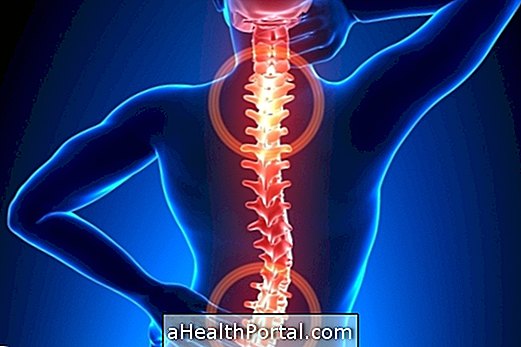
Symptoms of Transverse Myelitis
Early symptoms of transverse myelitis may arise and worsen over a few hours or days. Generally, they include:
- Pain in the spine, especially in the lower part of the back;
- Tingling or burning sensation in the chest, abdomen, legs or arms;
- Weakness in arms or legs;
- Difficulty holding urine or feces.
Since myelitis can affect the myelin sheath of nerve cells, the transmission of nerve stimuli is further impaired over time, and it is therefore common for symptoms to worsen over time, becoming more intense and even paralysis may occur.
Thus, whenever there are symptoms that may indicate a problem in the spine, it is very important to consult a general practitioner, for example, to identify the cause and start treatment before difficult lesions arise. In this situation, it is normal after the diagnosis that the person is referred to a neurologist.
How to confirm the diagnosis
To diagnose transverse myelitis, consult a general practitioner or a neurologist when there are many suspected spinal problems. The doctor, in addition to evaluating the symptoms and history of diseases, usually also asks for some diagnostic tests, such as magnetic resonance, lumbar puncture and various blood tests, which help to disguise other diseases.
What Causes Transverse Myelitis
It is not yet known what the exact cause of transverse myelitis is, however, there are some conditions that seem to increase the risk of developing this problem, such as:
- Viral infections, especially in the lung ( Mycoplasma pneumoniae ) or in the digestive system;
- Parasitic infections, such as toxoplasmosis or cysticercosis;
- Multiple sclerosis;
- Optic neuromyelitis;
- Autoimmune diseases such as lupus or Sjogren's syndrome.
Although it is very rare, there are also reports of cases of transverse myelitis that have arisen after taking a vaccine against hepatitis B or against measles, mumps and chicken pox.
How is the treatment done?
The treatment of myelitis varies greatly according to each case, but is usually initiated with the use of medicines to treat possible infections, reduce marrow inflammation and relieve symptoms, improving the quality of life. Some of the most commonly used drugs include:
- Injectable corticosteroids, such as Methylprednisolone or Dexamethasone: rapidly reduce inflammation of the spinal cord and decrease the immune system response, relieving symptoms;
- Plasma exchange therapy : It is used in people who have not shown improvement with the injection of corticosteroids and works by removing the excess of antibodies that may be causing the inflammation of the marrow;
- Antiviral Remedies : to treat any possible viral infection that is active and damaging to the marrow;
- Analgesics such as Acetominofeno or Naproxen: to relieve muscle pain and any other type of pain that may arise.
After this initial therapy, and when the symptoms are more controlled, the doctor can advise physiotherapy sessions to help strengthen muscles and coach coordination, which may be affected by the disease.
In some cases, it may still be necessary to do occupational therapy sessions, so that the person learns to do daily activities with the new limitations that may arise with the disease.










